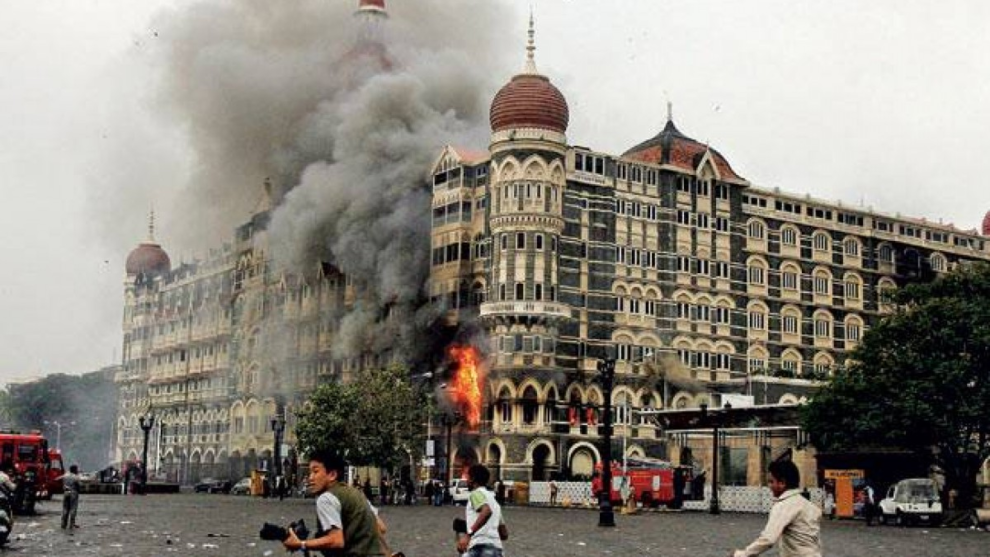The attack, carried out by Pakistani terrorists, targeted high-value locations throughout the city, affecting a number of facets of life, including tourism.
The terrorist attack in Mumbai in November 2008 was one of the deadliest in Indian history. The 60-hour siege, which began on November 26 and lasted until November 29, killed at least 164 civilians and security personnel and injured 304 others, including 26 foreign nationals. The attack, carried out by Pakistani terrorists who infiltrated Mumbai’s shores by sea, targeted high-value locations throughout the city, affecting a number of facets of life, including tourism.
The tourism industry in India, which is known for its cultural richness and historical allure, was shaken by this tragic event. The effects were immediate and lasted for a long time, putting a significant dent in the country’s tourism prospects.
The attacks shook international travellers’ confidence, raising concerns about their safety and security. Tourists were concerned for their safety, and India’s reputation as a safe travel destination suffered. This perception, exacerbated by extensive media coverage of the incident, lingered for a long time, discouraging potential visitors to the beautiful nation.
Following-up research and studies on the attacks provide insights into the tangible effects on tourism. According to scholarly articles published in journals such as the Journal of Travel Research and JSTOR, the attacks had a significant impact on Indian tourism. Following the event, there was a noticeable drop in international tourist arrivals. The impact was especially noticeable in the immediate aftermath, with a drop in bookings among tourists to visit the country.
Scale of impact on tourism industry?
While the Foreign Tourist arrivals were growing on an year-on-year basis with the last 5 year’s average standing at 16.44%, the arrivals in 2008 grew by only 4% (also impacted by the Lehman crisis). But, with extensive media coverage and wide reportage of the attack the situation got even worse as the arrivals shrank by -2.2%. For putting things into perspective the foreign tourist arrival growth stood at 14.03% which stood at -2.2% in 2009.
Beyond the immediate visitor numbers, the 26/11 attacks had a multifaceted impact on India’s tourism landscape. They had an impact on a variety of dimensions, ranging from tourist perception to industry strategies, and this was reflected in the policies and efforts put in place to revitalise the sector.
Following the attacks, the Indian government increased security measures, particularly around popular tourist destinations. This included increased police presence, increased surveillance, and the implementation of stringent security protocols in order to reassure visitors about their safety.
In addition, efforts were made to improve the country’s image as a safe and welcoming tourist destination. To attract tourists, these efforts included extensive marketing campaigns, collaborations with travel influencers, and emphasising India’s diverse cultural and historical heritage.
The resilience of the Indian tourism sector emerged over time. As confidence in safety measures improved, international tourist arrivals gradually recovered. Positive narratives highlighting India’s vibrant culture, scenic landscapes, and historical riches were instrumental in this resurgence.
The 26/11 Mumbai attacks cast a long shadow over India’s tourism industry, prompting significant introspection and proactive measures. India has steadily restored its status as a preferred global travel destination through consistent efforts to improve security and promote the country’s inherent allure.
Source: Republic World
















